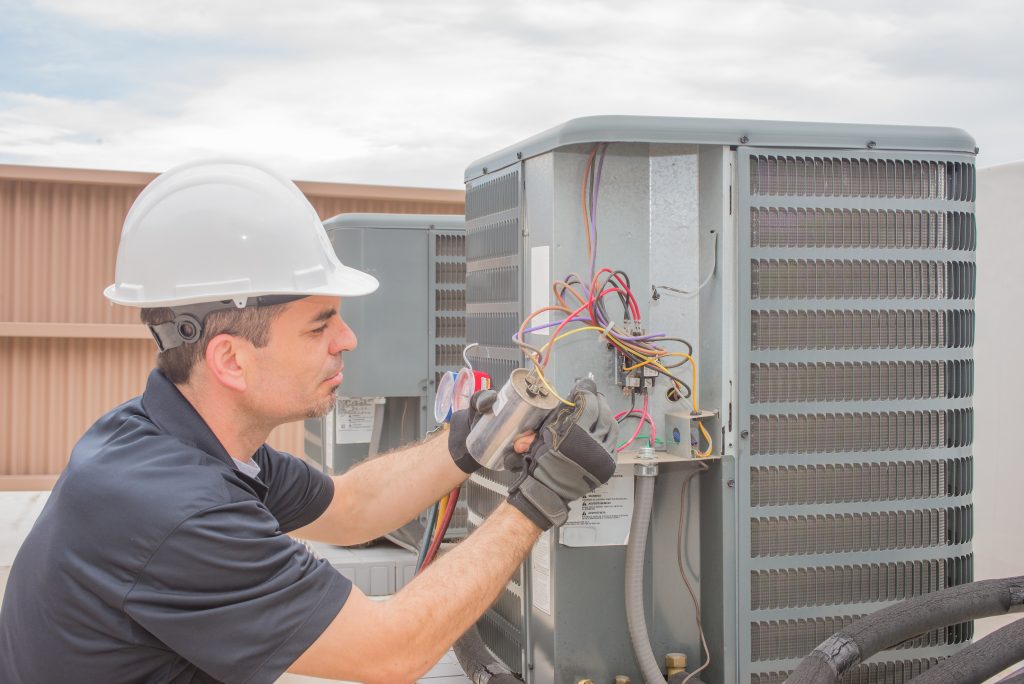The majority of homes in the United States rely on central heating and cooling systems, rather than portable space heaters and window-mounted air conditioning units. The United States Energy Information Administration indicates that over 90% of newly-built homes include central air conditioning. Heating, ventilation, and air conditioning systems, or HVAC for short, are composed of an exterior HVAC unit that conditions and blows air, ductwork through which air is ventilated, thermostats that regulate temperature, and vents that air actually blows out of. HVAC systems are expensive, including their maintenance. Here are four useful techniques for fixing HVAC systems, without contacting the maintenance man.
Take a Good Look at the Thermostat
Although thermostats are small, typically only a few inches wide and tall, they’re entirely responsible for the systems they’re connected to. Rather than testing the temperature throughout various parts of your home, thermostats only measure their immediate surroundings. Make sure your thermostat isn’t subject to direct sunlight, as it may leave air conditioning on in perpetuity, causing electric bills to skyrocket and leaving family members freezing. Similarly, ensure no vents are located nearby, effectively changing the temperature these units regulate.
Check for Frozen Components
In order to keep homes cold, external HVAC units blow air over and through nearly-frozen metal coils. Sometimes, coils actually do become frozen, redirecting your HVAC unit’s energy in the form of hot air. Some professionals, such as those at the Dick Kearsley Service Center, know that this is more common of a problem than most would think. Peer into the manufacturer’s manual, then locate and inspect the coils. If they’re frozen, use a hairdryer to thaw them, rather than manually removing ice and damaging them.
Check the Air Filter
Similar to vehicles, HVAC systems get bogged down and run inefficiently when dirt, debris, bugs, and other foreign objects find their way into their inner workings. The HVAC unit located outside your home has an air filter, including one indoors, which usually is located near the thermostat and looks like a metal grate. To make it easier on yourself, remove the interior filters’ covering, then pull out the filter. If it’s not clean and pristine, as white as when you bought it, check the measurements, purchase a new one, and replace it. Repeat the process for your exterior HVAC unit, replacing both at lest annually.
Clear the Drain
Drains remove water and any debris caught inside. The drain pipe drips water and is located immediately outside the HVAC unit. Trace the pipe back to its origination, remove it, and clean it with running water.
HVAC systems are an important part of staying cool during muggy summer months. Rather than reaching for your phone and phonebook or search engine – try these techniques to save yourself time, money, and pride.
